Chronos was the Ancient Greek word for time, Cronos their sickle carrying God of Agriculture. Romans related Cronos to their own Saturn, and made him an old man. His sickle became a scythe, and Cronos became Old Father Time who, in turn, became The Grim Reaper.
Cronos, or Cronus, or Kronos, was an Ancient Greek God; one of the original Titans, who were the divine descendants of Uranus, the sky, and Gaia, the earth. In Athens, on the twelfth day of the Attic month of Hekatombaion, a festival called Kronia was held in honour of Cronus to celebrate the harvest, suggesting that, as a result of his association with the virtuous Golden Age, Cronus continued to preside as a patron of the harvest. The sickle Cronos is usually depicted holding however, is nothing to do with the harvest. It was used as a weapon to castrate Uranus (his father) at the behest of his mother. Uranus’ testicles were then cast into the sea and out of the sea-foam came the goddess Aphrodite.
Cronus was also identified in classical antiquity with the Roman deity Saturn, who was also (amongst other roles) a harvest deity, and who also carried a sickle. Saturn was depicted as an older, bearded man and in time his sickle was replaced with a more modern tool: a scythe. Saturnalia – Saturn’s own festival – was held each December and was associated the temporal transition of the New Year, and with the passing of time in general. His increasingly aged appearance came to represent the old year about to meet its end.
Between the 16th and 18th centuries, the figure of a Father Time became a popular subject in art. Father Time is time personified – an old man with a long beard who carries a scythe. During the Renaissance he was also often depicted with an hourglass, and sometimes even with wings.
The skeletal image of Death personified goes back centuries (if not longer), but the Grim Reaper with his scythe is a direct descendant – or perhaps more evolution – of Father Time. During Victorian times, when the concept of Momento Mori (Latin for ‘remember that you must die’) became popular, the Gothic figure of the skeletal Grim Reaper fitted the aesthetic perfectly.

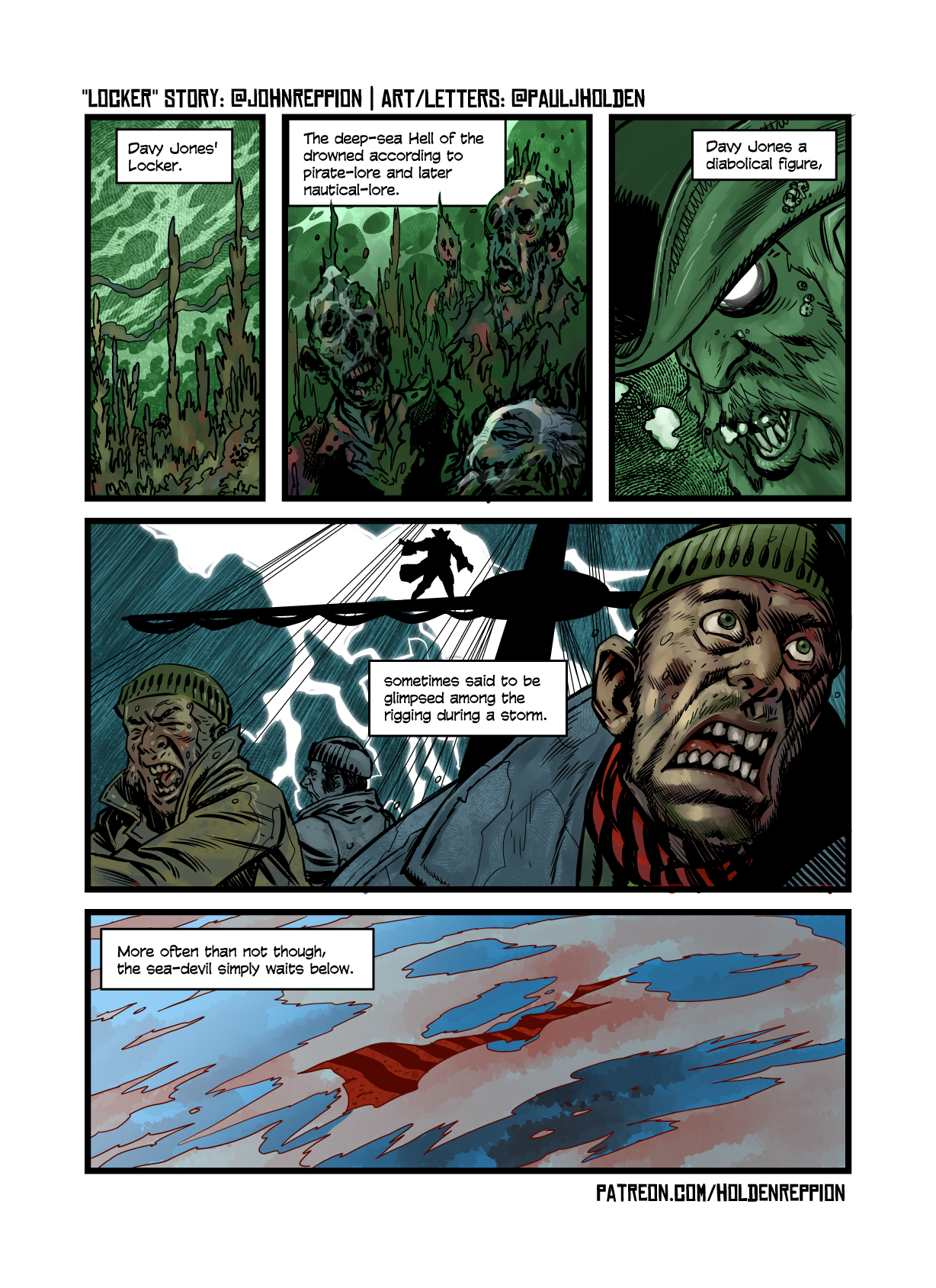
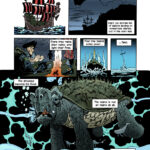
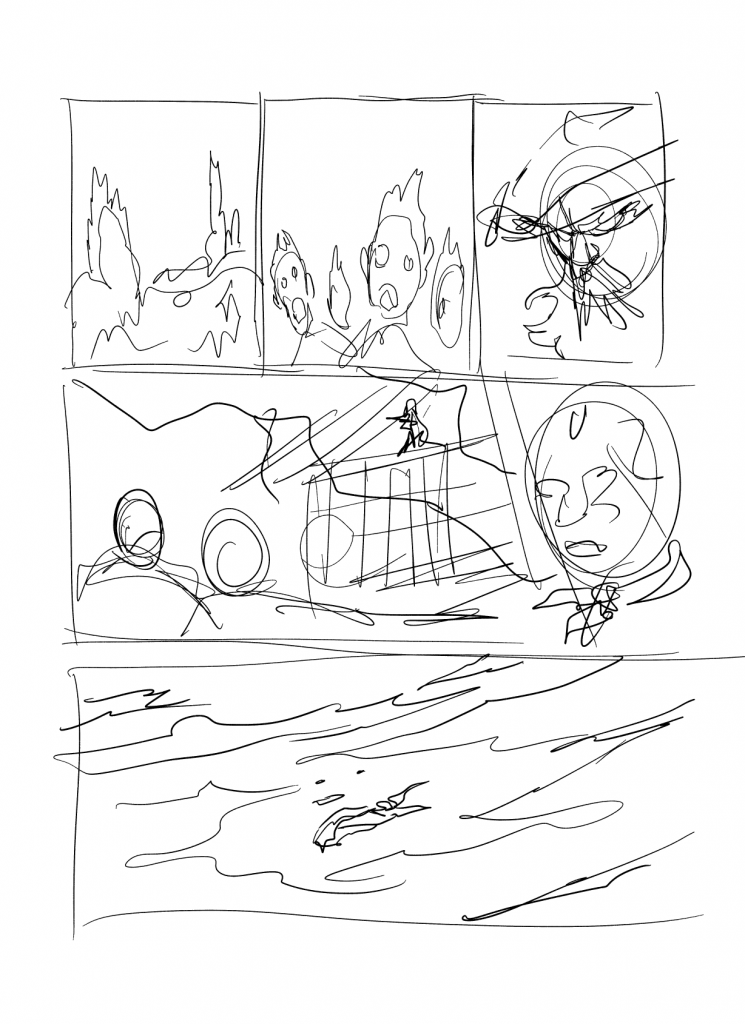
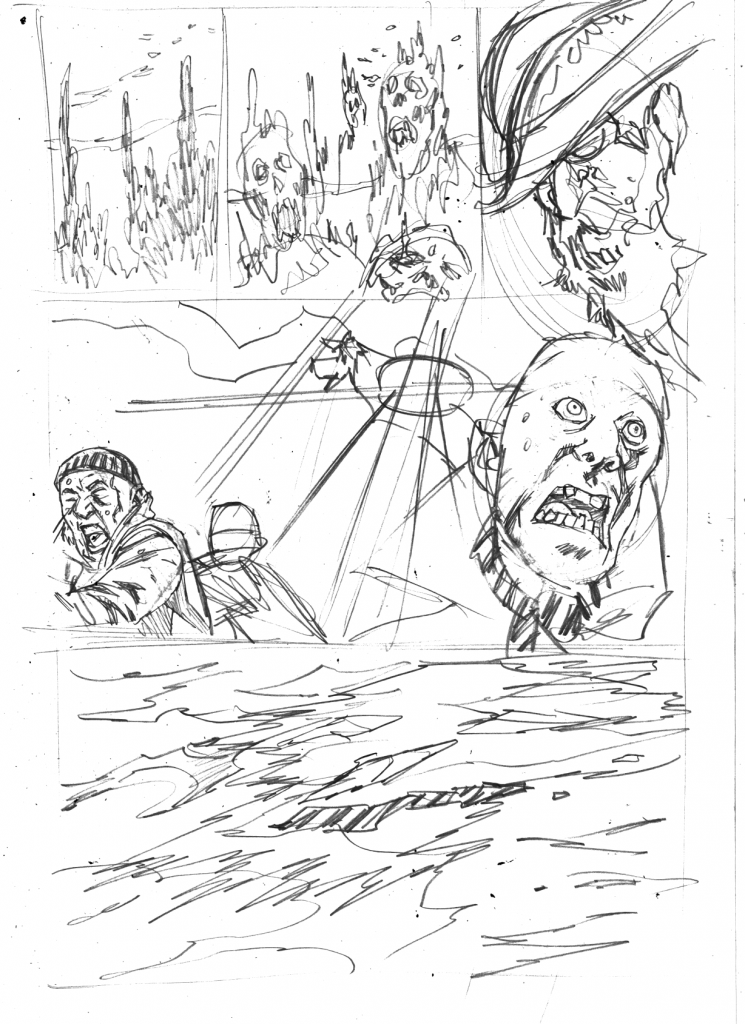
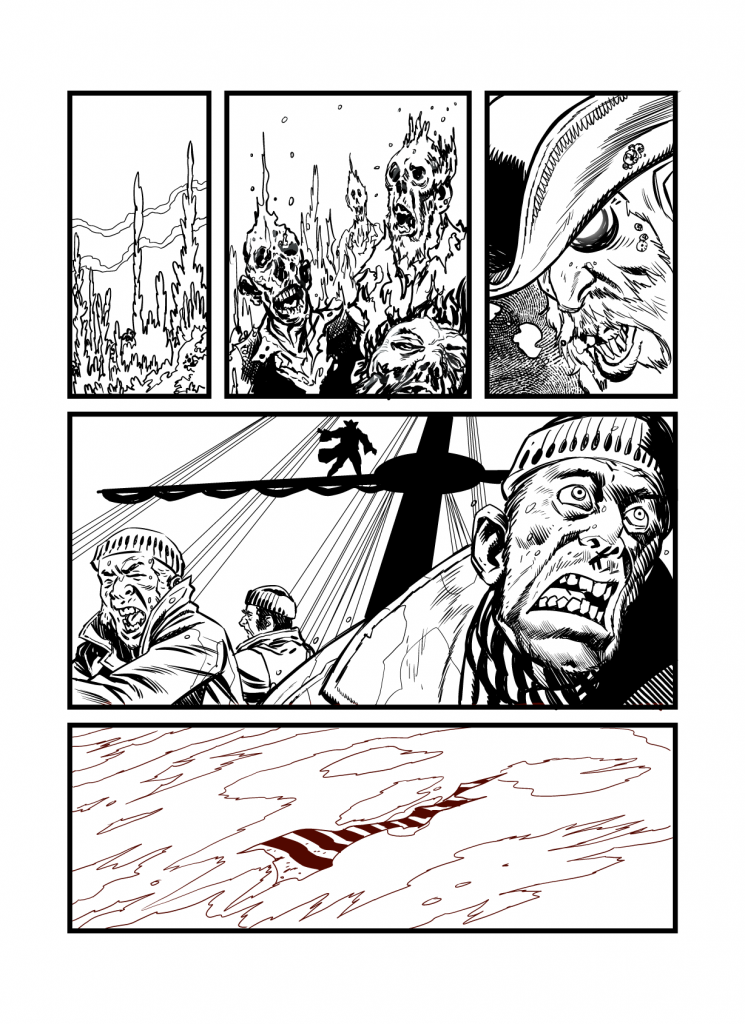
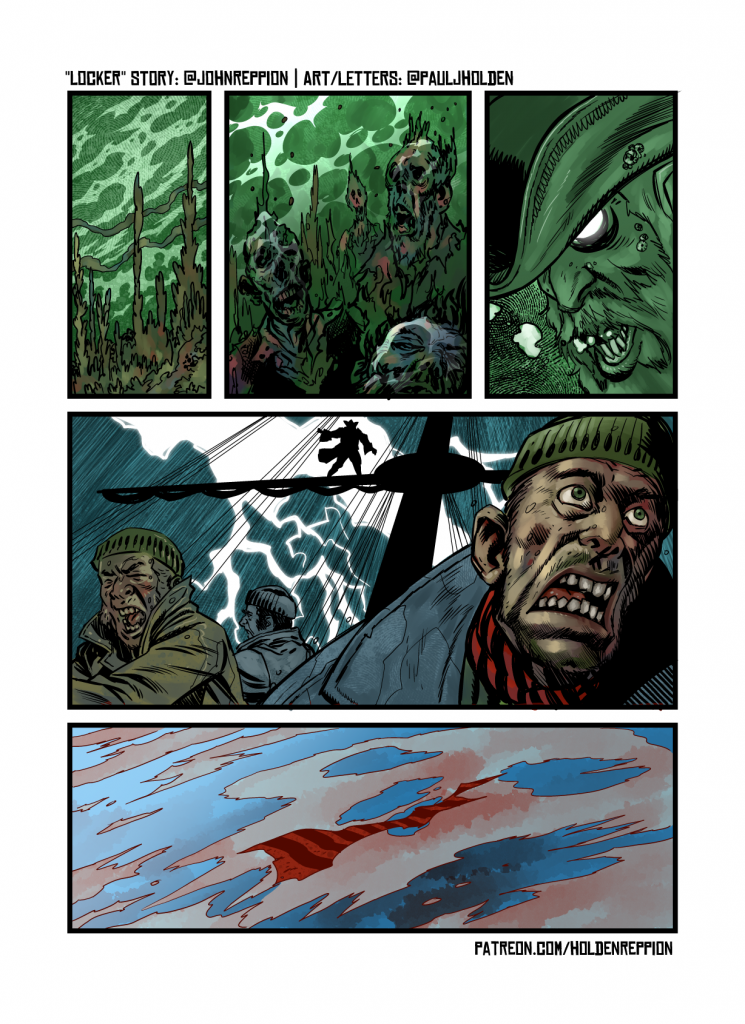
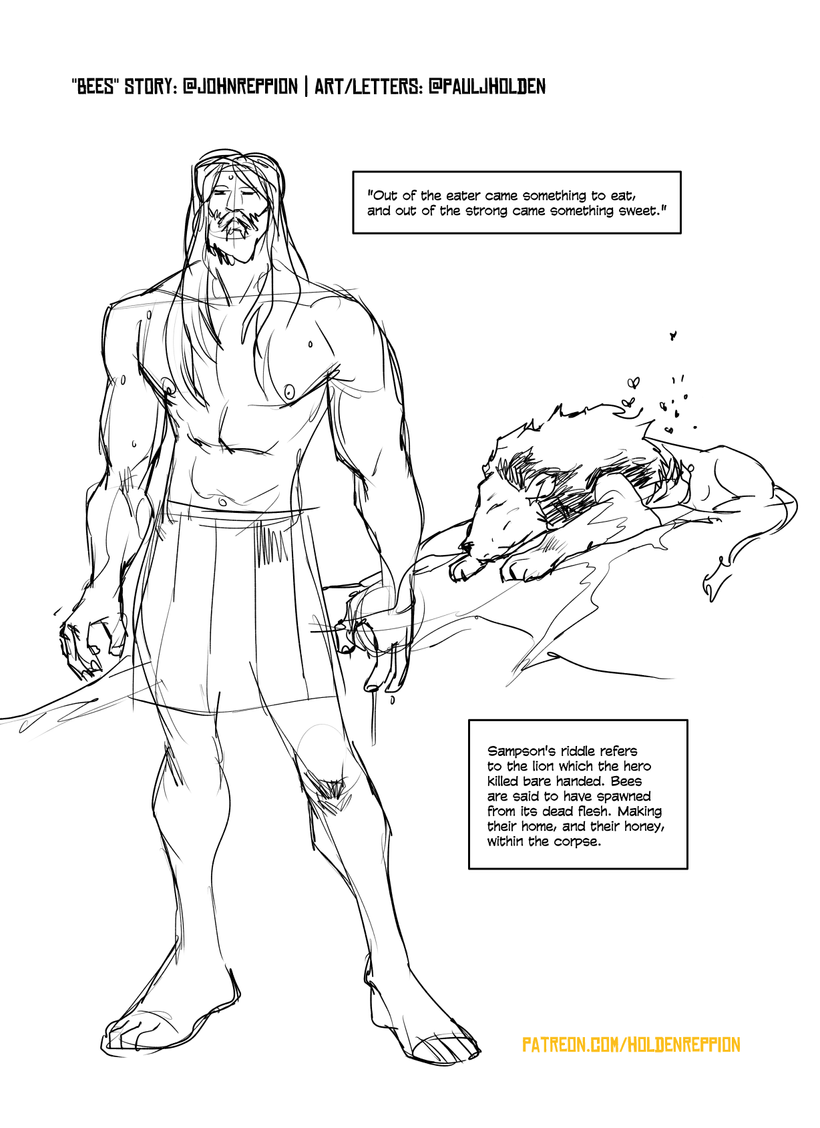
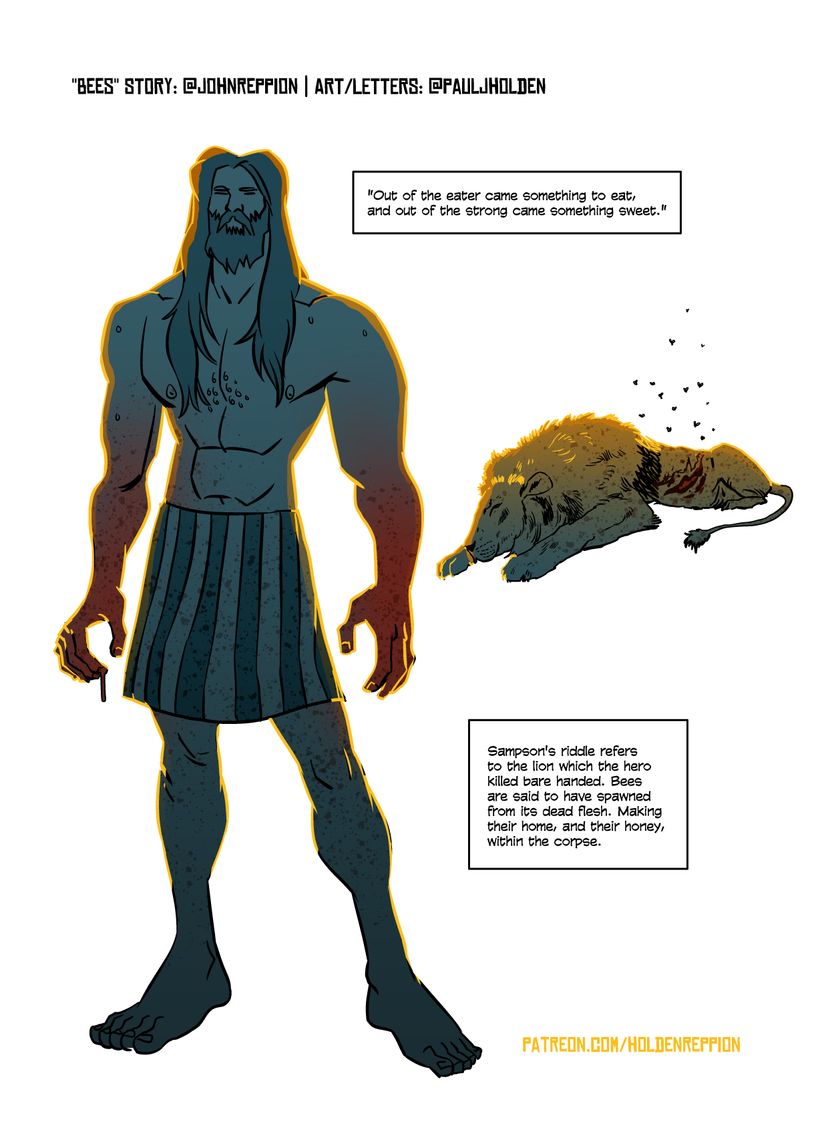
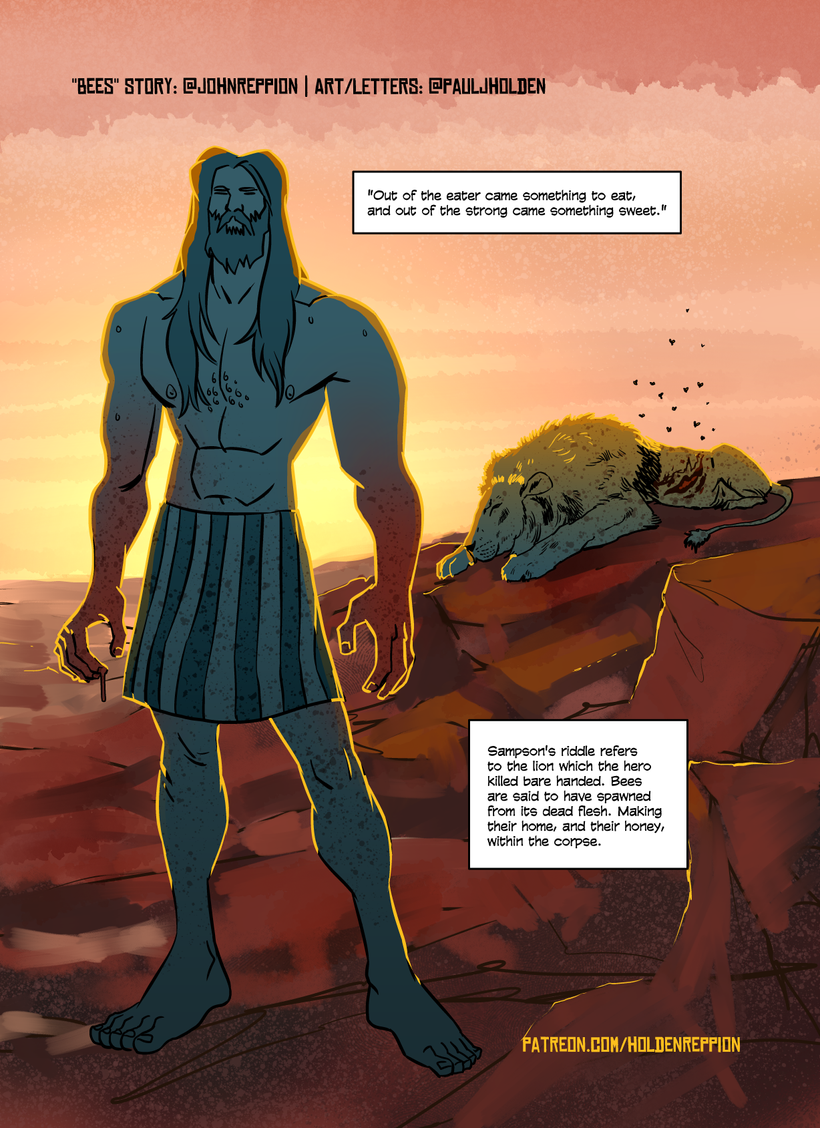
Recent Comments